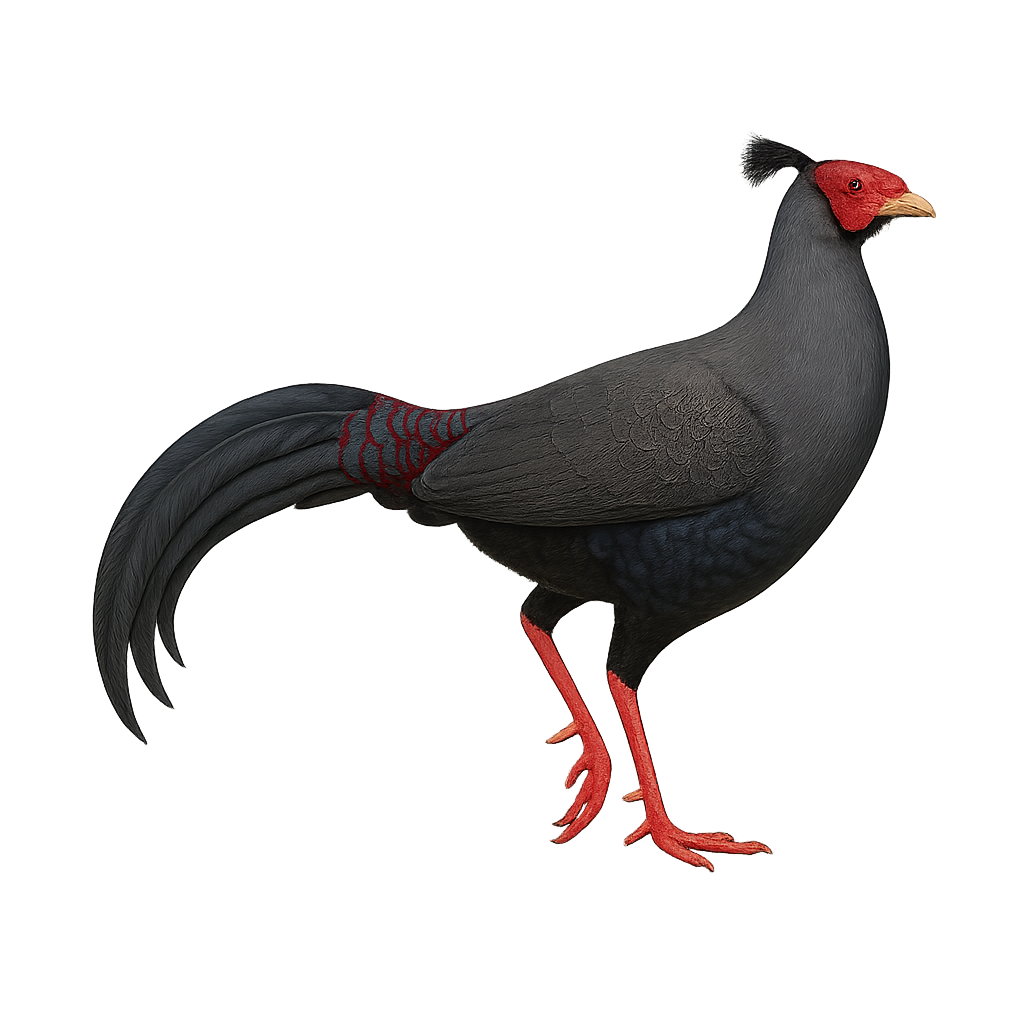Your wildlife photography guide.
Explore the diard's fireback in detail, study its behavior, prepare your shots.
Where to observe and photograph the diard's fireback in the wild
Learn where and when to spot the diard's fireback in the wild, how to identify the species based on distinctive features, and what natural environments it inhabits. The WildlifePhotographer app offers tailored photography tips that reflect the diard's fireback’s behavior, helping you capture better wildlife images. Explore the full species profile for key information including description, habitat, active periods, and approach techniques.
Diard's Fireback
Scientific name: Lophura diardi

IUCN Status: Near Threatened
Family: PHASIANIDAE
Group: Birds
Sensitivity to human approach: Suspicious
Minimum approach distance: 10 m
Courtship display: March to May
Incubation: 22-24 jours
Hatchings: March to June
Habitat:
tropical forests, dense wooded areas
Activity period :
Primarily active during the day, with peak activity in the morning and late afternoon.
Identification and description:
The Diard's Fireback, or Lophura diardi, is an elegant and colorful bird native to the tropical forests of Southeast Asia. Males display a striking metallic blue plumage with iridescent hues, while females are more subdued with brownish tones. This pheasant is known for its long tail and distinctive crest. It primarily inhabits dense forests and wooded areas, feeding on seeds, fruits, and insects. Although its habitat is threatened by deforestation, it remains relatively common in some regions. The Diard's Fireback is a symbol of beauty and grace in its natural environment.
Recommended lens:
400 mm – adjust based on distance, desired framing (portrait or habitat), and approach conditions.
Photography tips:
To photograph the Diard's Fireback, it is advisable to use a telephoto lens of at least 400mm to capture the details of its plumage without disturbing it. Look for it early in the morning or late afternoon when the light is soft and highlights its iridescent colors. Be patient and discreet, as this bird can be suspicious. Use a tripod to stabilize your camera and get sharp images. Opt for shots in its natural habitat for an authentic look.
The WildlifePhotographer App is coming soon!
Be the first to explore the best nature spots, track rutting seasons, log your observations, and observe more wildlife.
Already 1 427 wildlife lovers subscribed worldwide

